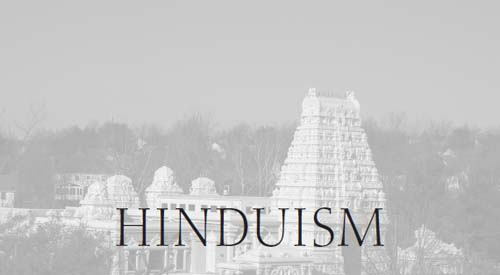India is a large diamond-shaped land mass bounded to the north by the Himalaya mountains, to the west by the Arabian Sea, and to the east by the Bay of Bengal. To the northwest is the vast plain of the Indus river system, and to the northeast that of the Ganges and its tributaries. Prior to 1947 India included what is now the nation-state of Pakistan and covered some 1.7 million square miles, roughly half the size of the United States of America. Today India’s population is 1.2 billion, with the populations of Pakistan and Bangladesh (which split from Pakistan in 1971) totaling another third of a billion. India is the original home of both Buddhism and Hinduism, as well as of the smaller Jain and Sikh religious traditions. In addition, Islam has had enormous influence on the history of the Indian subcontinent ever since the first Muslim armies made incursions as far east as the Indus River by the early eighth century. During subsequent centuries, various Muslim dynasties ruled from eastern Afghanistan/western Pakistan to the east across much of northern India. The Mughal Muslim dynasty also began in Afghanistan around 1500 and quickly established control over Pakistan and northern India, remaining a major power ruling from Delhi until the mid-eighteenth century. An important result of the long history of Muslim rule in the subcontinent was the “Partition” of 1947 in which large segments of Indian Muslim communities were compartmentalized in what became Pakistan and Bangladesh.


